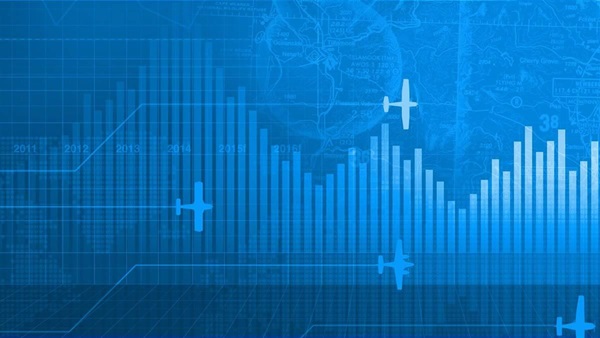Fuel In Your Tank
SAFETY SPOTLIGHT: Fuel Management

No one intends to run out of fuel, and most pilots who have dipped into their fuel reserves vow never to do it again. But through a combination of circumstances and poor decisions, pilots still crash short—often in sight of their destination.
Accident Statistics for Fuel Management
Accident Case Study: Faulty Assumptions
In the early morning light on April 22, 2019, the pilot of a Beechcraft Baron 58 preflighted his aircraft before greeting his five passengers. The flight would take just over one hour. But the pilot’s mistaken beliefs about existing onboard fuel would prove disastrous and clinch the flight’s outcome.
Range vs. Endurance
Think of available fuel in hours and minutes instead of gallons and pounds. While range will vary constantly due to changing winds and ground speeds, endurance is based on how much fuel the engine burns at a given combination of altitude, power setting, and mixture setting. Your pilot’s operating handbook (POH) will provide guidance to determine hourly fuel consumption.
Usable Fuel
Fuel computers will calculate fuel burned and how much is left, but you still must input the starting fuel quantity. A dipstick is a good way to measure fuel, however make sure it’s calibrated for your airplane.
Think of available fuel in hours and minutes instead of gallons and pounds.
Pilot Safety Announcement: Would You Fly This Airline?
Imagine if the airlines handled fuel management the way some general aviation pilots do. Sit back, relax, and watch this witty reminder to pay attention to fueling and in-flight fuel management.
Fuel Management Made Easy
At nearly 70 fuel-related general aviation accidents per year, fuel mismanagement warrants concern. Fuel Management Made Easy explores how to prevent fuel contamination, monitor fuel consumption, and manage fuel systems.
